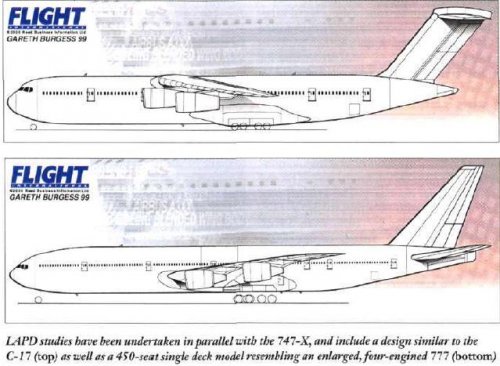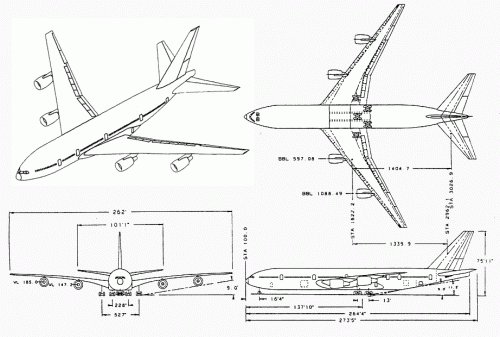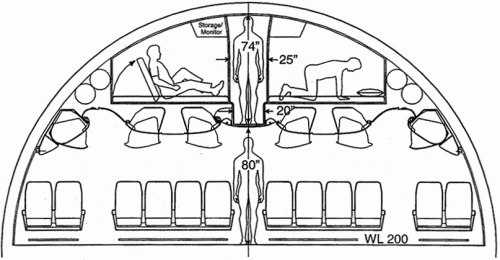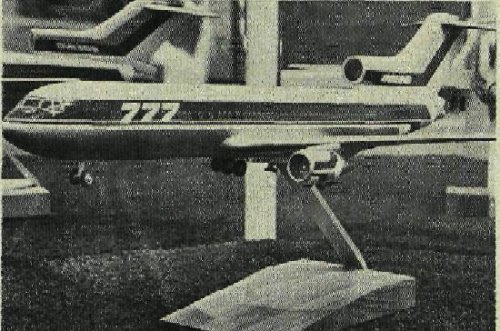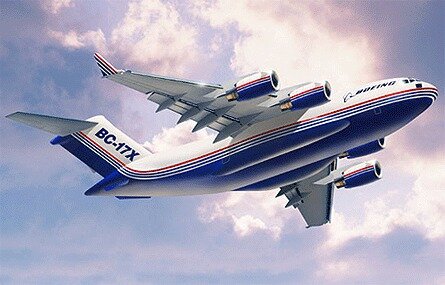- Joined
- 26 May 2006
- Messages
- 34,901
- Reaction score
- 15,761
Hi,
the Boeing developed an airliner project similar to concept of the
Military aircraft,the C-17,Also the company designed a four engined
version of Model-777.
the Boeing developed an airliner project similar to concept of the
Military aircraft,the C-17,Also the company designed a four engined
version of Model-777.
Attachments
Last edited:

